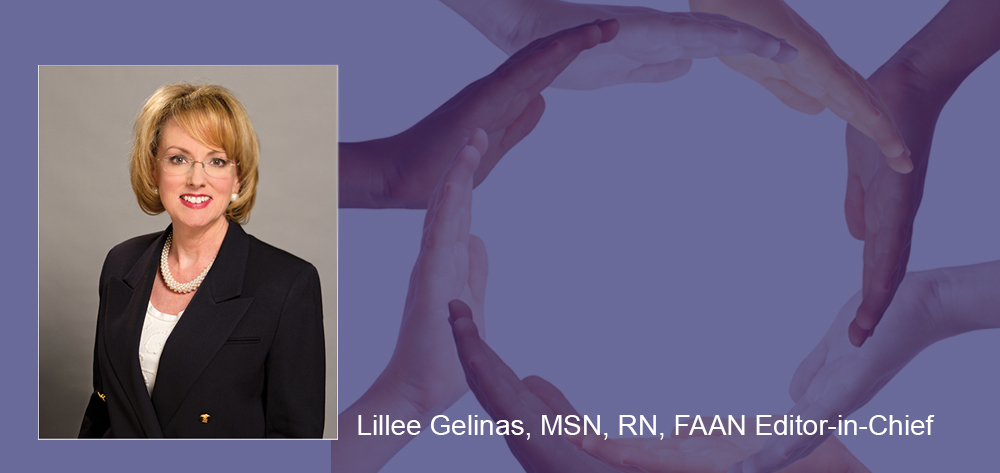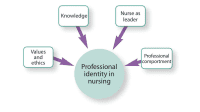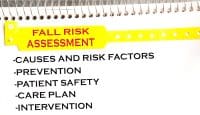Recently, I heard a group of nursing leaders discuss the progress they’d made in developing their future nursing strategy. They represented several hospitals and a large healthcare system; nurses from all organizational levels had been represented at the strategy sessions. The leaders noted that while the organizations’ strategic plans focused significantly on population health management, there was no tie-in to the role of acute-care nursing. What’s more, the nursing strategic plan didn’t mention it, either. They speculated that silence on the topic reflected the perception that acute-care nursing doesn’t play a significant role in managing population health.
Lack of awareness about nursing’s critical role in population health management, especially inpatient acute-care nursing, suggests a significant gap that needs to be closed—and soon. In reality, nurses play an extremely important role in improving outcomes and measures for population health management. We need a better understanding of our practices and how they influence care, policy creation, and medical records documentation.
In my view, most journal articles and conference programs on population health management emphasize what must be done in ambulatory care settings, probably because increasing access to primary care and improving health outcomes in those settings lays the groundwork for reducing healthcare costs (especially in underserved and uninsured populations). However, the ultimate financial goal of population health management, as promulgated by the Centers for Medicare & Medicaid Services, is tied to the success of clinical objectives, such as reducing preventable hospital admissions and readmissions and preventing hospital-acquired conditions and emergency department visits.
Nurses play an extremely significant role in attaining these goals. So why aren’t acute-care nurses involved in the conversation? Research clearly shows that nurses affect inpatient outcomes, as determined by how well they educate patients (and home caregivers) about their health condition, how to self-manage their care, and how to improve their outcomes during the transition from inpatient care to home-based care and recovery.
Now more than ever
As we all know, staff nurses face not just the challenge of educating patients, implementing transitional care protocols, and providing discharge instructions; they also need to document this care appropriately. Having adequate time to perform these interventions effectively is more important now than ever.
In previous issues of American Nurse Today, we’ve discussed how nurses can prevent hospital-acquired conditions, particularly infections. These nursing-sensitive conditions are a key focus of population health management; they drive costs and outcomes. Many successful interventions in population health management clearly are within nursing’s scope of practice. So how can nursing not be included in a plan addressing future strategy?
Getting in on the conversation
Clearly, awareness and education are needed on many levels, using well-established nursing-focused research and cutting-edge science. (Example: Mary D. Naylor, PhD, FAAN, RN, the Marian S. Ware Professor in Gerontology and Director of the NewCourtland Center for Transitions and Health at the University of Pennsylvania School of Nursing, has been examining care transitions since 1989.) Nurses will continue to play a pivotal role in addressing the healthcare needs of whole populations throughout the 21st century. Entire communities will depend on nurses and what they do to promote healthy lifestyles and care for the chronically ill.
So I ask: How can a healthcare organization not include nursing in its population health strategy? And how can an organization’s nursing strategy not include population health? Let’s hope that a year from now, I don’t need to ask these questions.

















